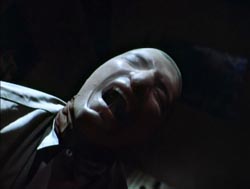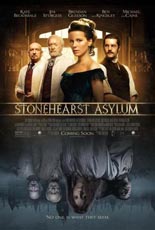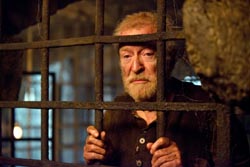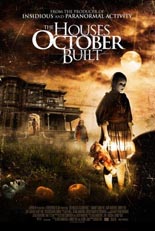
 To the surprise of no well-versed viewer of horror, The Houses October Built refers to the “haunted” variety — in particular, those ramshackle attractions that spring up nationwide in the weeks leading to Halloween, then shutter their makeshift doors until next fall. Houses, however, is no documentary, although it started life that way in its original 2011 incarnation of the same name. Now, that scrappy project has been restructured as a mockumentary, getting slathered with a heavy coat of the found-footage craze in the process.
To the surprise of no well-versed viewer of horror, The Houses October Built refers to the “haunted” variety — in particular, those ramshackle attractions that spring up nationwide in the weeks leading to Halloween, then shutter their makeshift doors until next fall. Houses, however, is no documentary, although it started life that way in its original 2011 incarnation of the same name. Now, that scrappy project has been restructured as a mockumentary, getting slathered with a heavy coat of the found-footage craze in the process.
The story seems tailor-made for that approach, slim as it is: Five friends spend five days in an RV, going from town to town to take in the best haunts the season has to offer. Because they’ve brought a camera, it’s like we’re in the actual spook-shack halls with them: It’s tough to see and not as much fun once you’re inside. They also hit up more inventive entertainment experiences, from shooting paintballs at zombies to patronizing strip clubs where the dancers don masks (not a bad idea, based on the bethonged I’ve seen IRL).
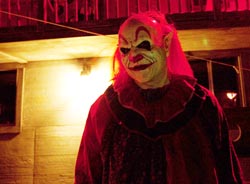 And that’s about it, until this ersatz Scooby-Doo gang gets the itch to track down the not-advertised, not-on-the-map “underground haunt” that’s rumored to make its visitors shart their britches in terror. The question of whether they’ll make it out alive is answered in Houses’ opening minute, so don’t enter this one in search of suspense; the exercise is more about being jolted by SUDDEN! LOUD! NOISES! than any skillful building of tension. While unremarkable and anticlimactic, its mix of fact and fiction makes for a decent time-waster.
And that’s about it, until this ersatz Scooby-Doo gang gets the itch to track down the not-advertised, not-on-the-map “underground haunt” that’s rumored to make its visitors shart their britches in terror. The question of whether they’ll make it out alive is answered in Houses’ opening minute, so don’t enter this one in search of suspense; the exercise is more about being jolted by SUDDEN! LOUD! NOISES! than any skillful building of tension. While unremarkable and anticlimactic, its mix of fact and fiction makes for a decent time-waster.
The Houses October Built is directed by Bobby Roe, one of the aforementioned five haunt-hunters, all of whom we can assume are playing themselves since they go by their real first names and, lest ye already forgot, much of the 91 minutes comes cobbled from its humble documentary beginnings. (If you can find it, the Best Buy-only Blu-ray contains the full doc as a bonus feature.) Bubbly Brandy Schaefer is our token female and, comparatively speaking, the voice of reason among fellow travelers Mikey Roe, Jeff Larson and Zack Andrews, because there’s always a Zack. (What, no Chad?) —Rod Lott

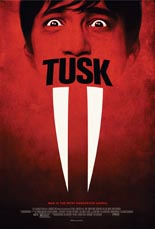
 After delivering a few sharp efforts right out of the gate, writer/director Kevin Smith became as lax, predictable and increasingly off-putting as those hockey jerseys he wears like a uniform. For more than a decade, the bar for his movies has been set awfully low, yet along comes the bonkers
After delivering a few sharp efforts right out of the gate, writer/director Kevin Smith became as lax, predictable and increasingly off-putting as those hockey jerseys he wears like a uniform. For more than a decade, the bar for his movies has been set awfully low, yet along comes the bonkers 

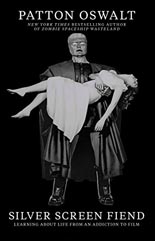

 An alternate title for
An alternate title for 